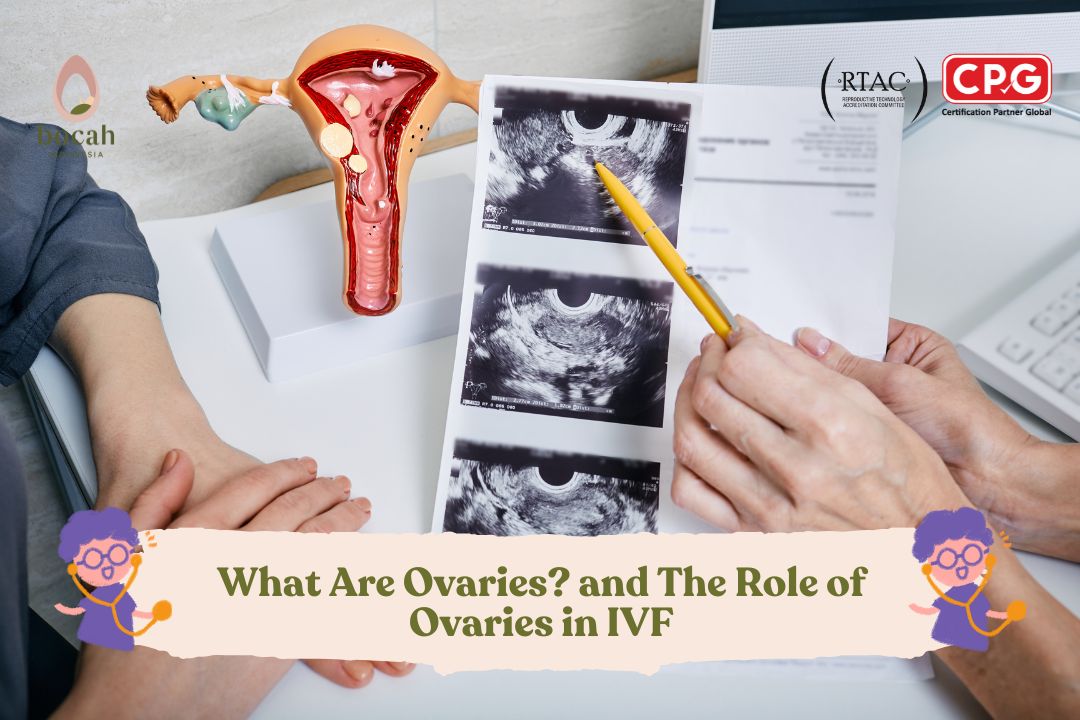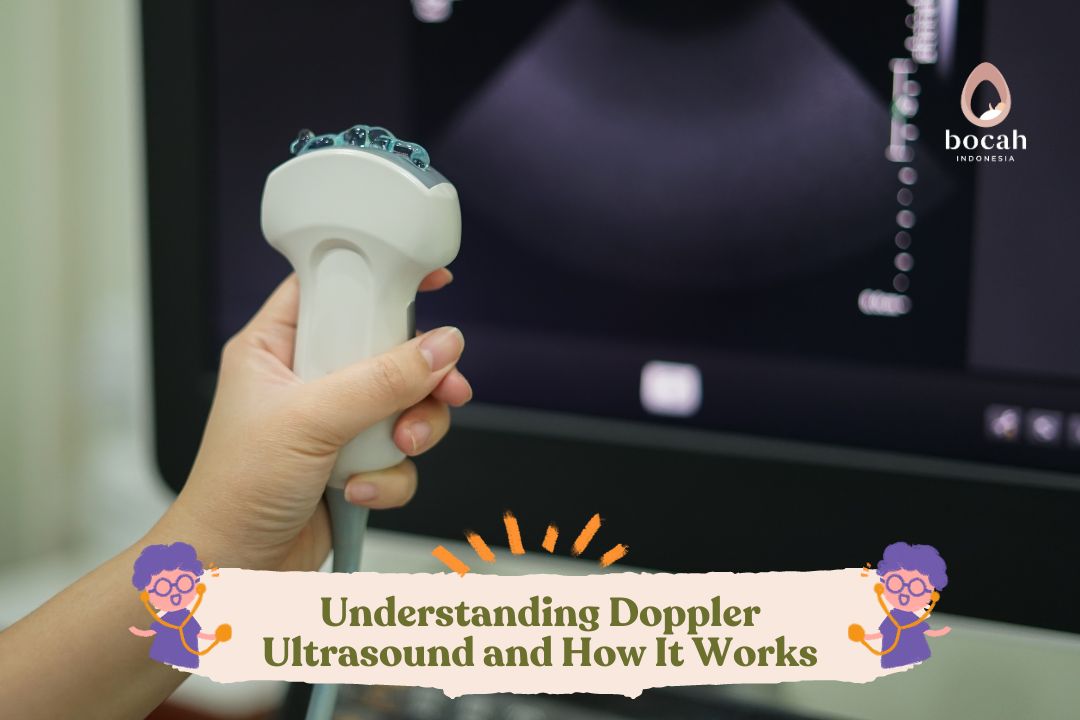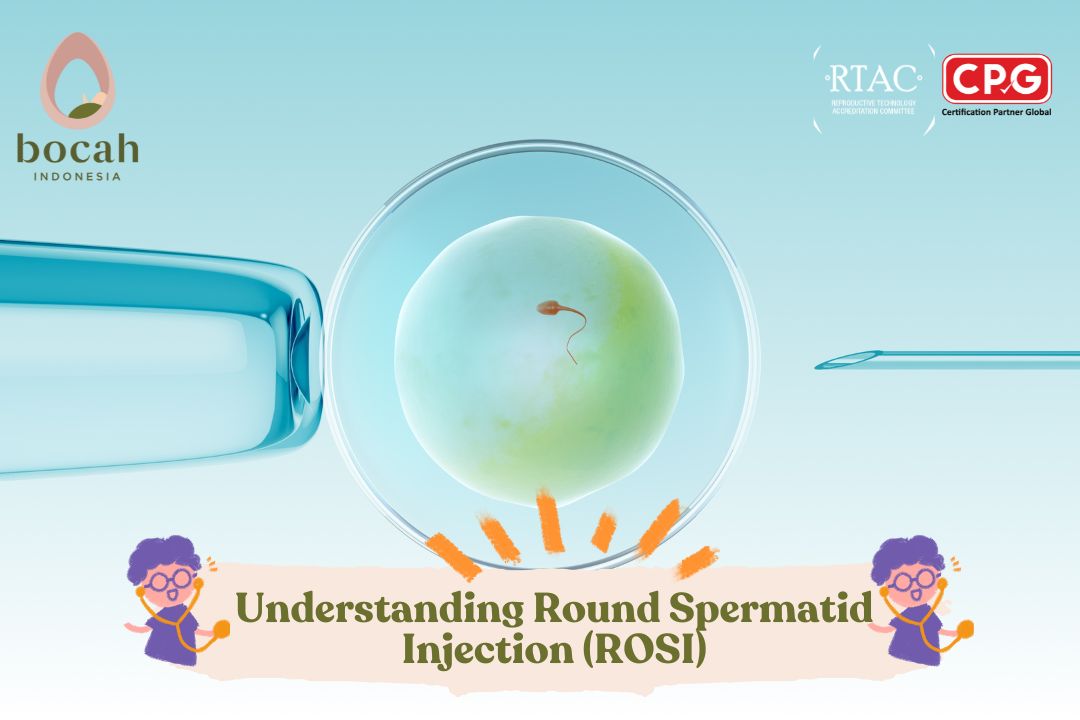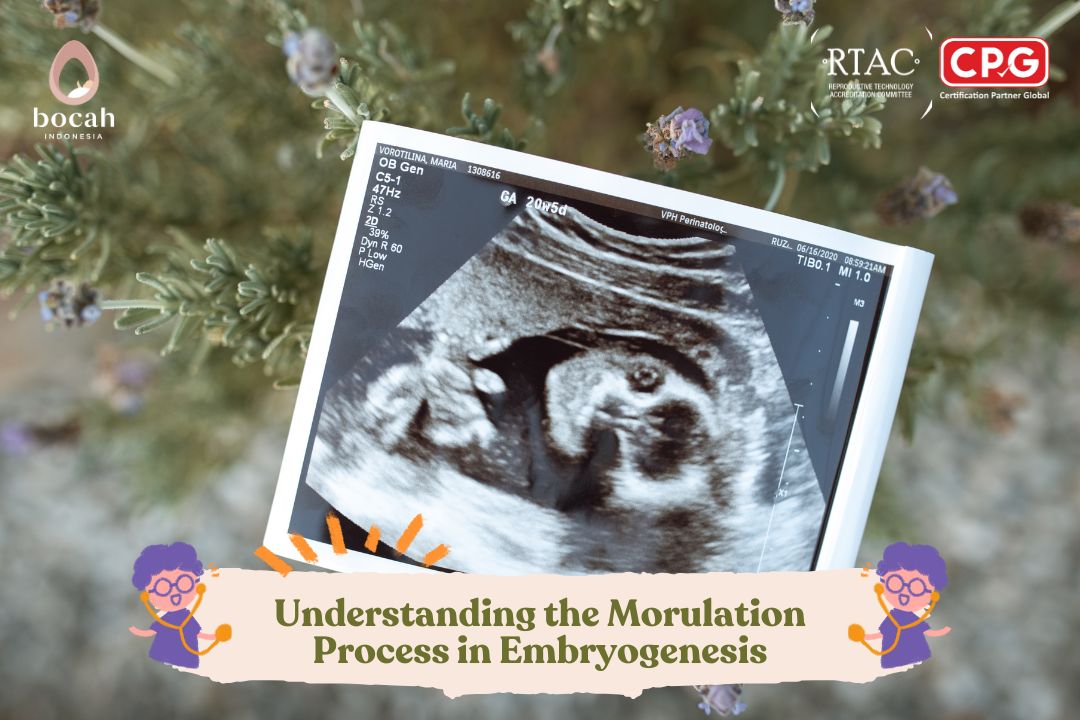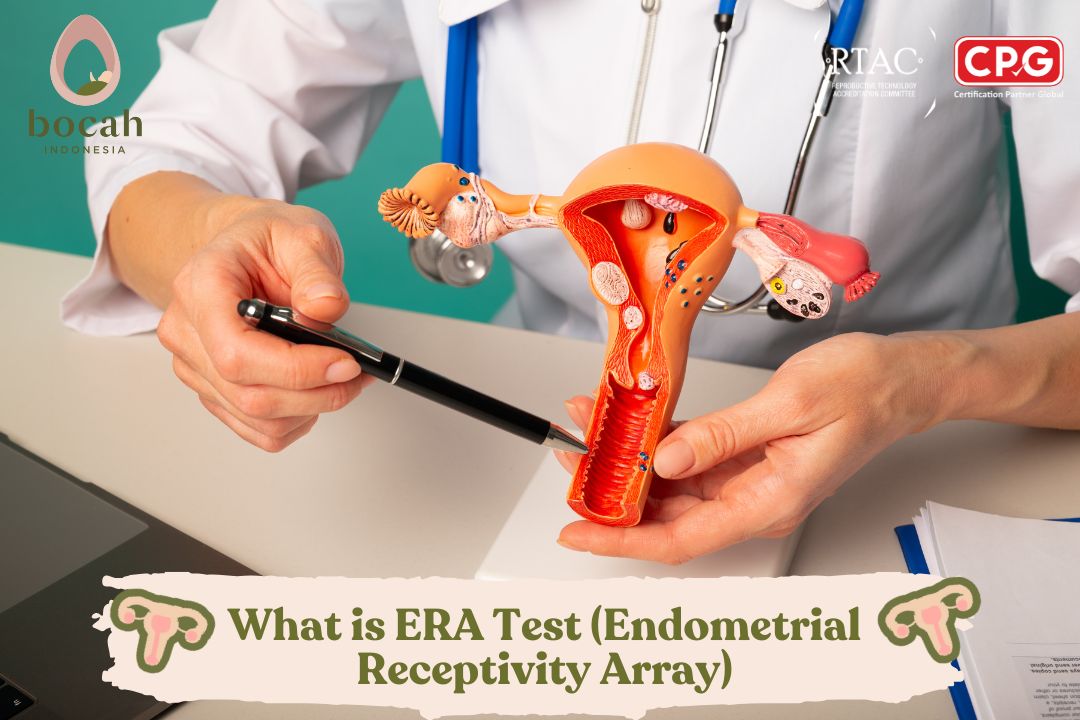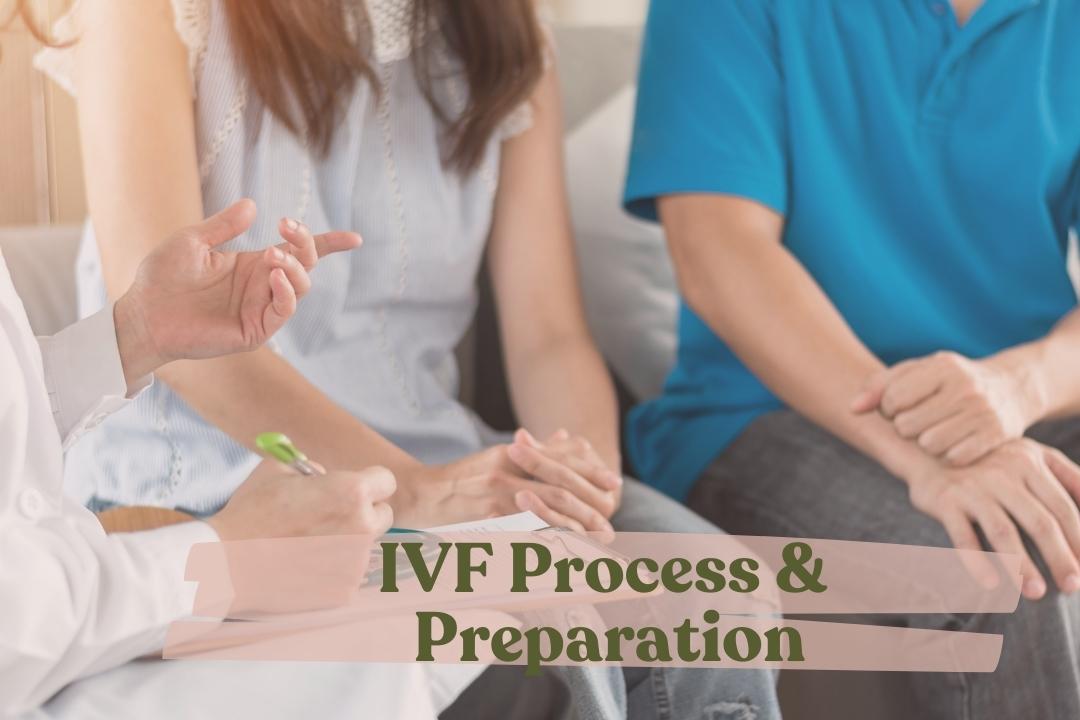Understanding the Role of the Blastocyst in IVF
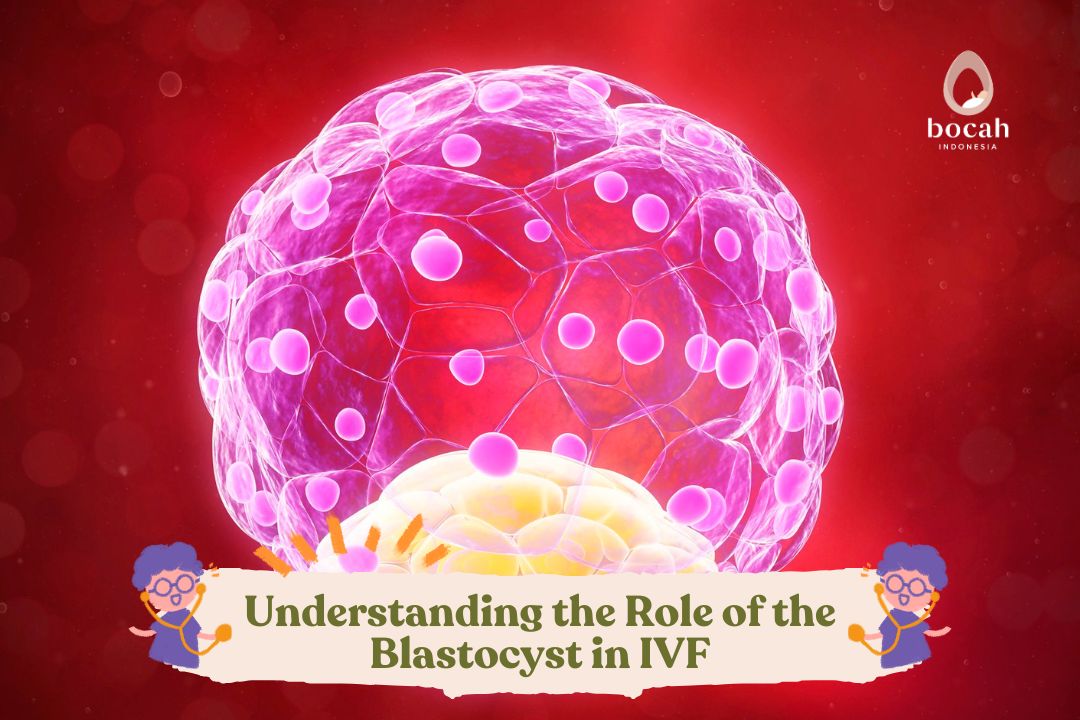
The blastocyst stage is a critical phase in the in vitro fertilization (IVF) program, significantly affecting the success of pregnancy. A blastocyst is an early stage of embryo development, formed approximately five to six days after fertilization. At this stage, blastocyst cells begin to differentiate to protect and nourish the future fetus. The culture and transfer of blastocyst embryos are crucial steps in IVF, aiming to ensure that the embryo can attach to the uterine wall and develop into a healthy fetus.
What is a Blastocyst?
A blastocyst is an early phase of embryo development that occurs five to six days after the sperm fertilizes the egg. In the blastocyst stage, cells begin to divide and differentiate, forming protective and nutritional structures for the developing fetus. This stage is vital in IVF to ensure that the embryo is ready for transfer into the uterus. If the blastocyst transfer is successful, the chances of a successful pregnancy are significantly higher.
After fertilization, the fertilized egg becomes a zygote, which then continues to divide and transform into a blastocyst as it travels to the uterus. The blastocyst then attaches to the uterine wall, typically about 10-12 days after ovulation, and begins to develop from an embryo to a fetus. In IVF, blastocysts are cultured in the lab until they reach the optimal stage for transfer into the uterus.
Why is the Blastocyst Stage Important in IVF?
The blastocyst stage in IVF determines the success of embryo attachment and implantation. If the blastocyst cannot attach to the endometrium, pregnancy will not occur. Blastocyst attachment is triggered by hormones that regulate the “hatching” process, where the blastocyst sheds its outer transparent membrane in preparation for implantation in the uterine lining.
The blastocyst attaches to the endometrium with the help of a specific protein called L-selectin, which enables adhesion to the uterine wall. The outer cells of the blastocyst will develop into the placenta, nourishing the fetus, while the inner cells form the amniotic sac to protect the fetus.
Tanya Mincah tentang Promil?
What If the Blastocyst Stage Fails?
When a blastocyst fails to attach, pregnancy will not occur. This could be due to various factors, including embryo quality or endometrial readiness. In rare cases, a blastocyst can implant outside the uterus, such as in the fallopian tube, leading to an ectopic pregnancy.
Embryo Blastocyst Culture and Transfer Procedure
In IVF, the prospective mother undergoes several procedures to prepare the embryo until it reaches the blastocyst stage:
- Egg Retrieval: The ovaries are stimulated to produce multiple mature eggs, which are then retrieved through follicle aspiration.
- Fertilization in the Lab: The retrieved eggs are fertilized with sperm in the lab, typically through conventional methods or Intracytoplasmic Sperm Injection (ICSI).
- Embryo Culture: The resulting embryos are cultured in a controlled lab environment until they reach the blastocyst stage.
- Embryo Selection: The healthiest embryo is chosen for transfer into the uterus.
- Embryo Transfer: The selected embryo is inserted into the uterus via a transfer procedure guided by ultrasound.
After the transfer, the prospective mother waits about two weeks before taking a pregnancy test. Additional hormones may be provided to support embryo implantation and early pregnancy.
Causes of Infertility and IVF Benefits
IVF assists couples facing fertility issues such as blocked fallopian tubes, endometriosis, or ovulation disorders. Fertility issues can also arise due to male factors, such as low sperm quality. IVF also reduces the risk of genetic disorders in the baby through embryo screening.
Sources:
- Couck, et al. (2020). Ultrasound in Obstetrics & Gynecology.
- Sood, A., et al. (2021). Cochrane Database of Systematic Reviews.
- Máté, G., Bernstein, L. & Török, A. (2018). Frontiers in Endocrinology.
- American Pregnancy Association (2022). Embryo Transfer.
- Mayo Clinic (2021). In Vitro Fertilization (IVF).
- Cleveland Clinic (2022). Body Systems & Organs.
- Understand the Causes of Cervical Cancer Before Pregnancy - 24/12/2025
- Menstrual Induction Medications to Treat Irregular Periods - 19/12/2025
- Magnesium Deficiency, Does It Affect Fertility? - 12/12/2025


